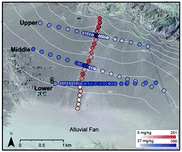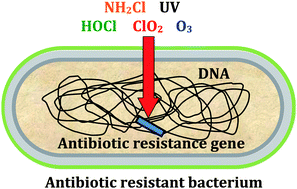 This week’s HOT article is by Dieter Gladtke from the Landesamt für Natur, Umwelt und Verbraucherschutz Nordrhein-Westfalen and co-workers. In their paper, they present different collector types, sample workup procedures and analysis methods to measure the deposition of polycyclic aromatic hydrocarbons (PAH).
This week’s HOT article is by Dieter Gladtke from the Landesamt für Natur, Umwelt und Verbraucherschutz Nordrhein-Westfalen and co-workers. In their paper, they present different collector types, sample workup procedures and analysis methods to measure the deposition of polycyclic aromatic hydrocarbons (PAH).
Whilst workup procedures and analysis methods had no effect on the results, the team found that using different collectors did have an influence. For compliance with European legislation, funnel–bottle combinations were shown to be the best, with the highest deposition rates and a low measurement uncertainty.
Different collector types for sampling deposition of polycyclic aromatic hydrocarbons – comparison of measurement results and their uncertainty
Dieter Gladtke, Frits Bakker, Hugues Biaudet, Alexandra Brennfleck, Peter Coleman, Harald Creutznacher, Ben F. Van Egmond, Theo Hafkenscheid, Frank Hahne, Marc M. Houtzager, Eva Leoz-Garziandia, Edoardo Menichini, Anja Olschewski and Thomas Remesch
DOI: 10.1039/C2EM30119A
This HOT article is free to access for the next four weeks following a simple registration for individual users.






















